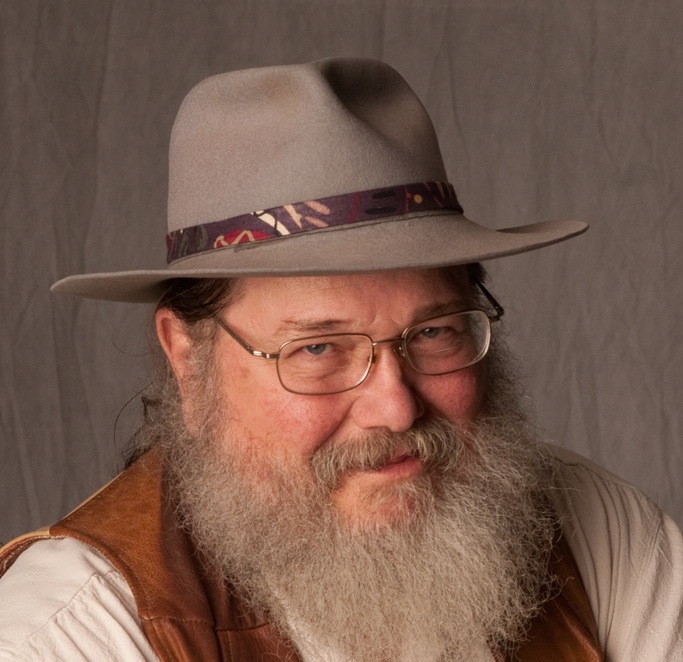Look! There along the shoulder of Silver Saddle Road, growing in golden abundance between the brome grass and rabbit brush, are feral fingers of rye, reaching from Doney Park’s past into today’s drier reality. It’s been 50 years since rye was planted as a cover crop for dry-farmed corn, bean and potato fields to keep the soil from blowing away in the winter. Harvests of steel dark grain were once milled into nutritious bread flour, fed to livestock or distilled into sweet untaxed whiskey.
Commercial agriculture pretty much collapsed in Doney Park in the late ’50s when a sustained drought made dry farming a poor gamble and improved highways made inexpensive vegetables available by truck. The farmer’s job was further threatened when fertile land was worth more to build housing on for construction workers on the Lake Powell Dam. When I came to the area in the early ’80s, the Mormons were still growing beans out Highway 89 past Timberline which they shipped all over the world, but they soon quit. My mailbox stood at the corner of Silver Saddle Road and Doney Park Lane where a remnant field of rye about four acres in extent reseeded itself each year. The plants grew to near three foot in height and ripened about the time the monsoons arrived. A flock of small sharp-winged kestrels would hover just above the waving grain then drop to fill their talons with mice.
The landowner began to mow the field before the rye went to seed and in about three years the rye was gone—except for the lone plants that began to creep along the roadside following the fence line. Did birds help their travel or were they assisted by the famous Doney Park wind? I watched it slowly progress up my road with interest. In 13 years the rye traveled the half mile from the corner and appeared in my yard amidst the side-oats gramma and sage. One year Sue gathered grain heads, cleaned them, tossing them into the wind to let the chaff blow away, ground flour and baked a small loaf of dark rich bread.
I find myself inspired by this tenacious plant that offers so much and has adapted to our capricious climate independent of man. I’ve been reading about grain varieties and trying to discover if I could grow my own bread flour here at 7,000 foot. It would seem all wheats are not created equal and some start off with gluten that is more digestible than the couple of commercial varieties grown for the commercial roller mills. All wheat flours would be friendlier if subjected to a slower rising at the hands of a multitude of yeasts and bacteria: see sourdough. Baker’s yeast is a monoculture developed from brewer’s yeast. It is a one-trick pony that makes CO2 bubbles and that’s it. It can raise bread in as little as 15 minutes, but it can’t break down gluten and develop the helpful enzymes that make bread truly “the staff of life.” Sue is experimenting with the sourdough culture and sometimes lets dough rise for two days. It makes a hearty loaf with a tang and a crunchy crust. In my exploration of fermented foods I’ve recently made my own sauerkraut. The kraut was easy, just thinly sliced cabbage with some grated carrots, onions and hot peppers [for character] mixed with one tablespoon of kosher salt per pound of cabbage and pressed into a tall glass jar. The salt draws out the liquid to cover and a baggie of water weighs down the mix and keeps it submerged beneath the brine. After about a week you have tasty sauerkraut, a living food. We are experimenting also with yogurt and salt brine pickles and drying fruits and vegetables. The results are rewarding and healthful.
I was telling a gardening friend that I visited Native Seed Search’s fields near Patagonia, Ariz., last June on the day they were harvesting 60 acres of Sonoran white wheat. This is the same variety the conquistadores brought with them to the new world and was the main wheat grown in the Southwest until a hundred years ago. She said she had successfully grown it here and shared seed with me. I now have six 30-foot rows of future bread loaves waving in the Doney Park breeze. Like the rye, I’m going to adapt to my environment and to its changes, and hopefully remind others that diversity and creativity will ultimately contain the seeds of our survival.

